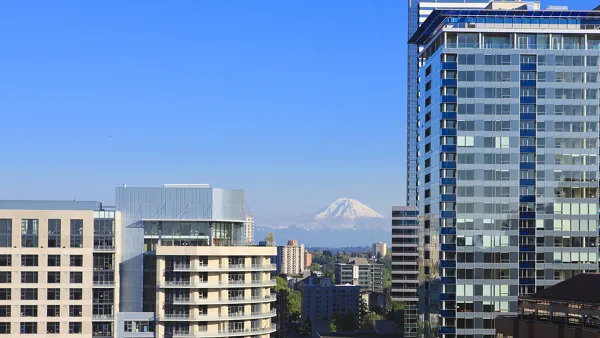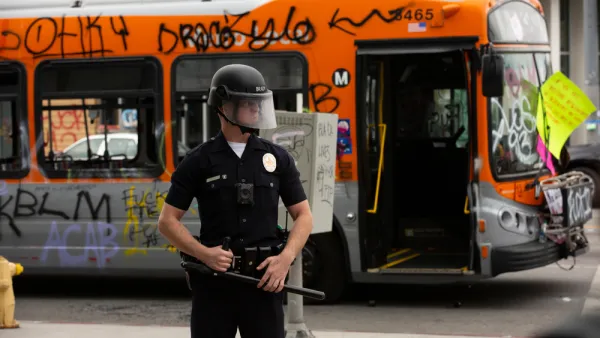For Michael A. Pagano, local municipalities went awry in designing fiscal systems during the 20th century by fabricating what he refers to as “a crazy quilt of local revenue.” He proposes some possibilities for getting cities back on track.
From Boston to Cincinnati to Tulsa, cities depend to largely varying degrees on property taxes, income taxes, and sales taxes as a source of revenue. Historically, however, Pagano points out, “[i]t wasn't always like this." Municipal governments used to rely more heavily on property taxes and on taxing the rich. Since the turn of the 20th century, states went from raising 45 percent of their own-source revenue from the property tax, to only 3 percent in the post-World War II era, despite such taxes remaining "a dominant revenue source for decades to come."
No matter what the tax source, however, the past five years have had a huge impact on municipal revenues. “The Great Recession is just the latest challenge to cities’ ability to raise tax revenues from various sources,” writes Pagano. “Increased unemployment, declining consumer confidence and other economic trends associated with the Great Recession have had a substantial impact on all sources of tax revenue for the nation’s cities.” Yet as cities seek out new ways of raising revenues in the form of user fees, while also looking to cut spending, Pagano asks, “Is the current fiscal architecture of a city a good one?” One major problem he points to is the “free rider” economic structure of many regions in which employment centers fail to capture tax revenues from commuters despite the provision of city services “during their 9-to-5 lives.”
So, what is the solution? Pagano proposes taxation “at the place of employment” as a means of better “[linking] cities to their underlying engines of growth or to income and wealth, similar in design to what the property tax attempted to accomplish two centuries ago.” He pushes the reader to “imagine” how this could change the “decision calculus” by which individuals, households and users of city-government services choose where to work and live, while “paying their fare share.” Pagano concludes, “It could be revolutionary.”
FULL STORY: How Our Current Tax System Is Failing Cities

National Parks Layoffs Will Cause Communities to Lose Billions
Thousands of essential park workers were laid off this week, just before the busy spring break season.

Retro-silient?: America’s First “Eco-burb,” The Woodlands Turns 50
A master-planned community north of Houston offers lessons on green infrastructure and resilient design, but falls short of its founder’s lofty affordability and walkability goals.

Delivering for America Plan Will Downgrade Mail Service in at Least 49.5 Percent of Zip Codes
Republican and Democrat lawmakers criticize the plan for its disproportionate negative impact on rural communities.

Test News Post 1
This is a summary

Test News Headline 46
Test for the image on the front page.

Balancing Bombs and Butterflies: How the National Guard Protects a Rare Species
The National Guard at Fort Indiantown Gap uses GIS technology and land management strategies to balance military training with conservation efforts, ensuring the survival of the rare eastern regal fritillary butterfly.
Urban Design for Planners 1: Software Tools
This six-course series explores essential urban design concepts using open source software and equips planners with the tools they need to participate fully in the urban design process.
Planning for Universal Design
Learn the tools for implementing Universal Design in planning regulations.
EMC Planning Group, Inc.
Planetizen
Planetizen
Mpact (formerly Rail~Volution)
Great Falls Development Authority, Inc.
HUDs Office of Policy Development and Research
NYU Wagner Graduate School of Public Service





























